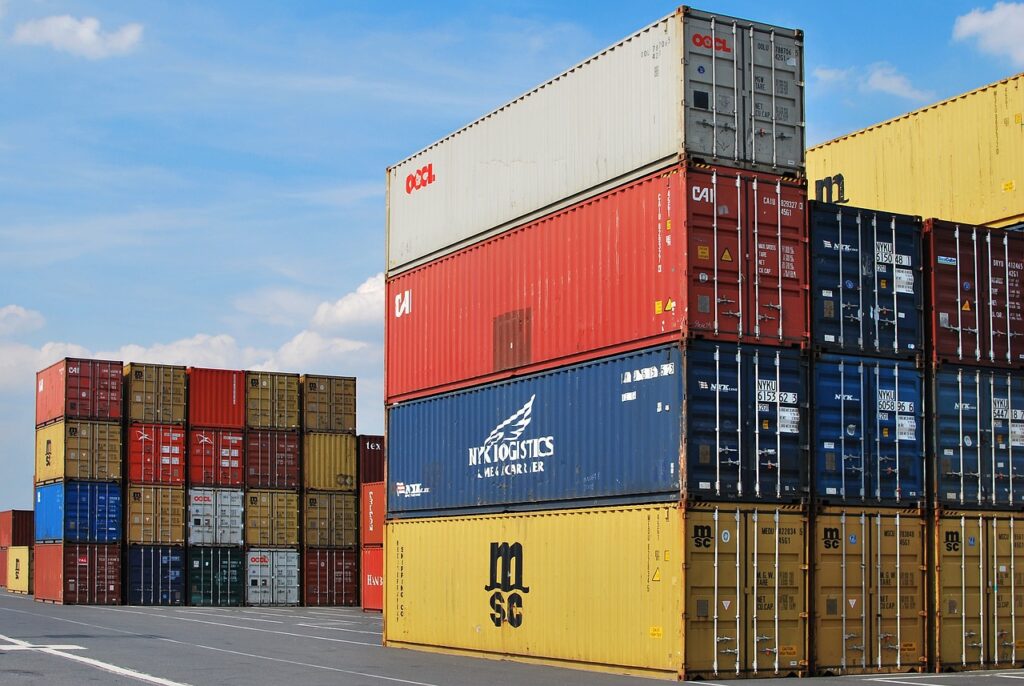Your pension…then there was the Budget
The rules underpinning what you can contribute to a pension, and the rules around the Lifetime Allowance, have changed significantly from 6 April 2023.
The Annual Allowance (AA) increased from £40,000 to £60,000. The AA is a yearly limit, and pensions contributions up to this limit attract tax relief. The AA applies to personal, employer and employee contributions.
Rules around the tapered AA. If what’s called your ‘threshold’ income (broadly, income less personal pension contributions) is more than £200,000 in a tax year, the AA is restricted and falls by £1 for every £2 of ‘adjusted’ income (broadly, income plus occupational and employer pension contributions) above a particular limit. In the past, the limit was £240,000. This has changed to £260,000. In the past, your minimum AA could be reduced to as little as £4,000. The minimum is now £10,000.
The Lifetime Allowance (LTA). This has been the total that you can build up in pensions savings without incurring a tax charge. The LTA has been £1,073,100, and in some cases, higher, if you have special LTA protection. If your pension fund is more than the LTA, in the past, there has been a charge on the excess. This would usually come into play when you first accessed pension income, or reached age 75. ‘Excess’ amounts taken as a lump sum have been taxable at 55%, and ‘excess’ amounts left in the fund at 25%, with further withdrawals taxed at your marginal rate of tax. The Budget has removed the charge, and the LTA itself will be abolished from the 2024/25 tax year. This is clearly a significant advantage to those with larger pension pots.
The amount of the pension fund which generally can be taken as a tax free lump sum remains £268,275 (calculated as 25% of the LTA). The legislation will be amended to set the tax free amount specifically, rather than being calculated by reference to the LTA.
The Money Purchase Annual Allowance (MPAA). This impacts people, over the age of 55, who have already started to access their pension fund, and it’s a limit on how much can then be paid into a pension without attracting a tax charge. It rises from £4,000 to £10,000.
What happens next?
Much press coverage focussed on the very highest earners, but there is potential benefit in many cases. The ripples go much further than just the size of the pension pot: they can also affect when you plan to retire, and are aimed at making it more feasible to continue working whilst still making pension provision for the future. Pensions could also have a role in inheritance tax planning, helping you pass capital to the next generation without a tax charge. We recommend reviewing plans in the light of all these changes – with a prudent eye, also, to the possibility of a future government taking a different approach.















